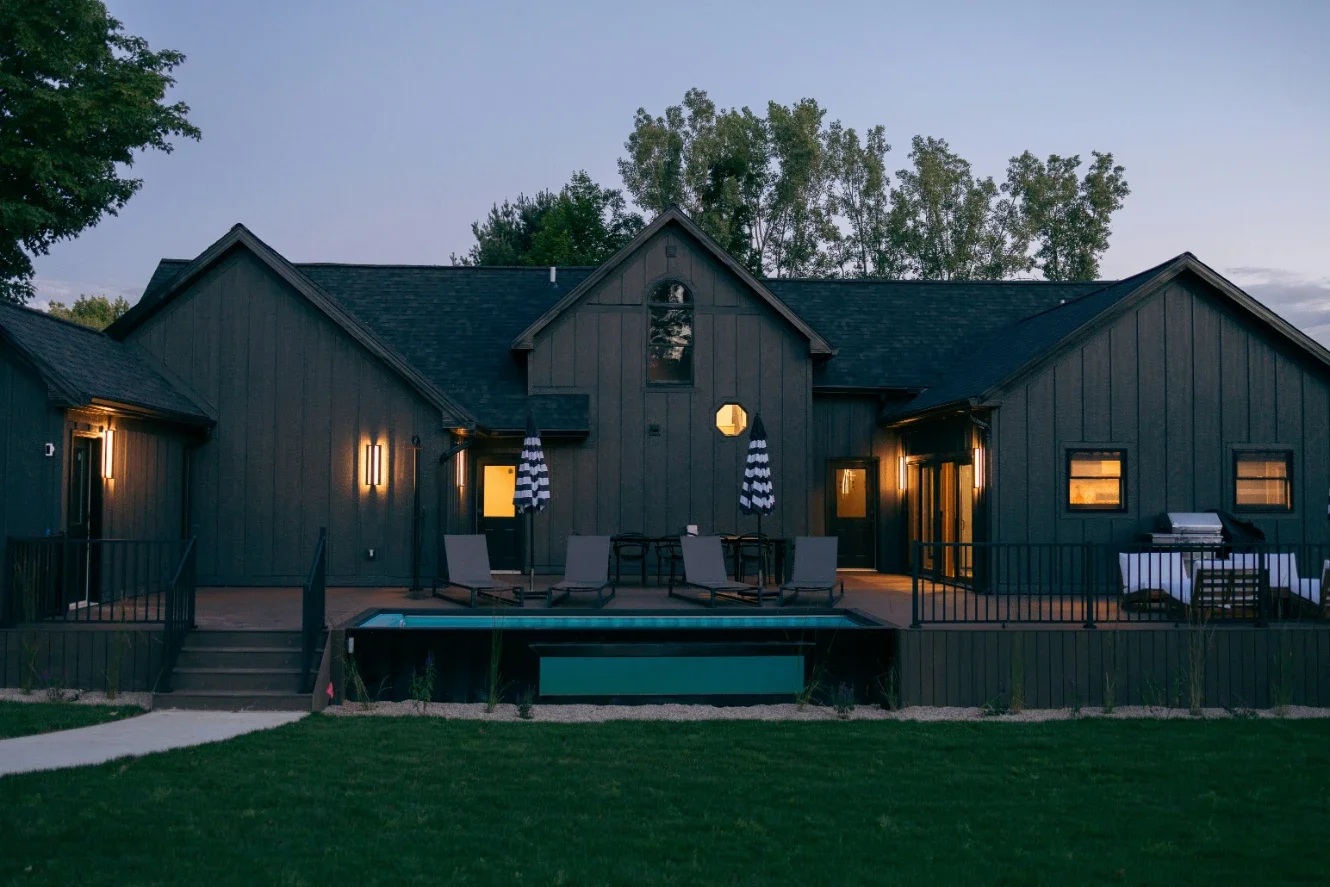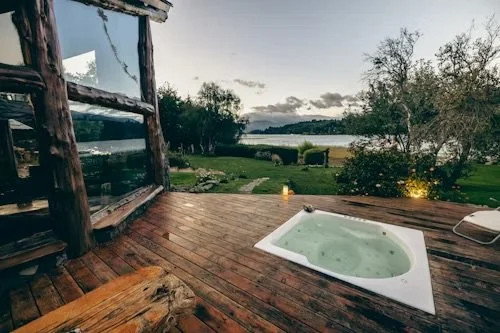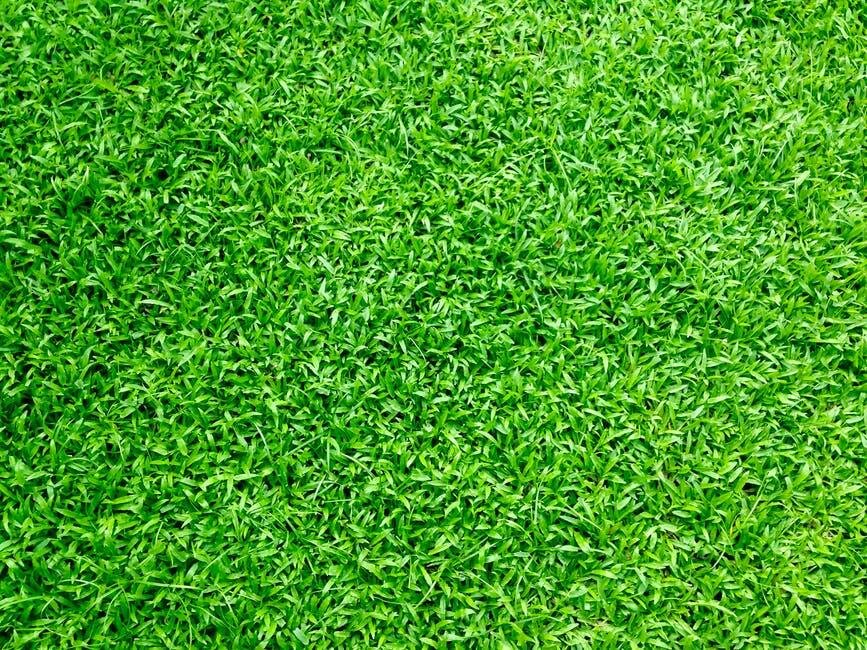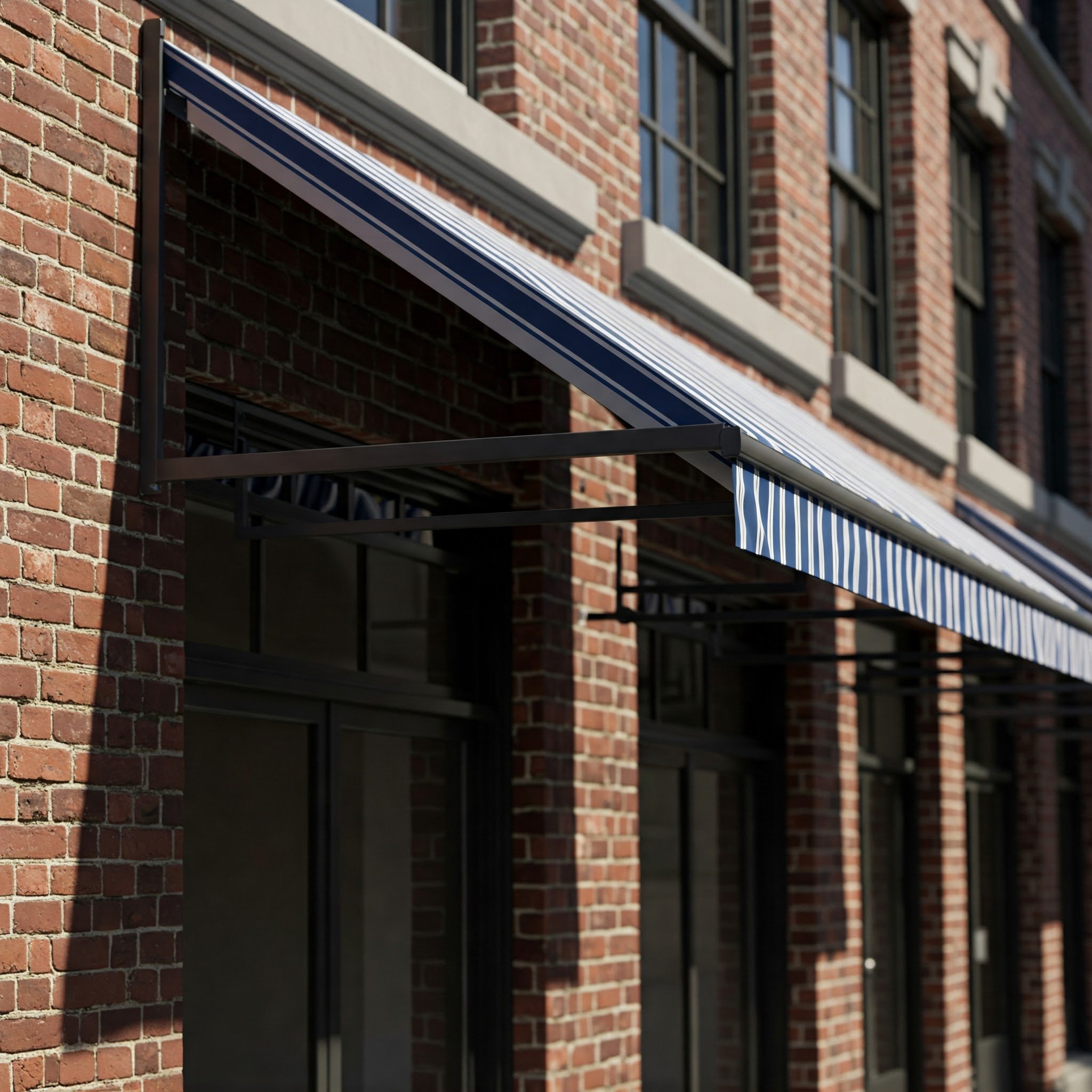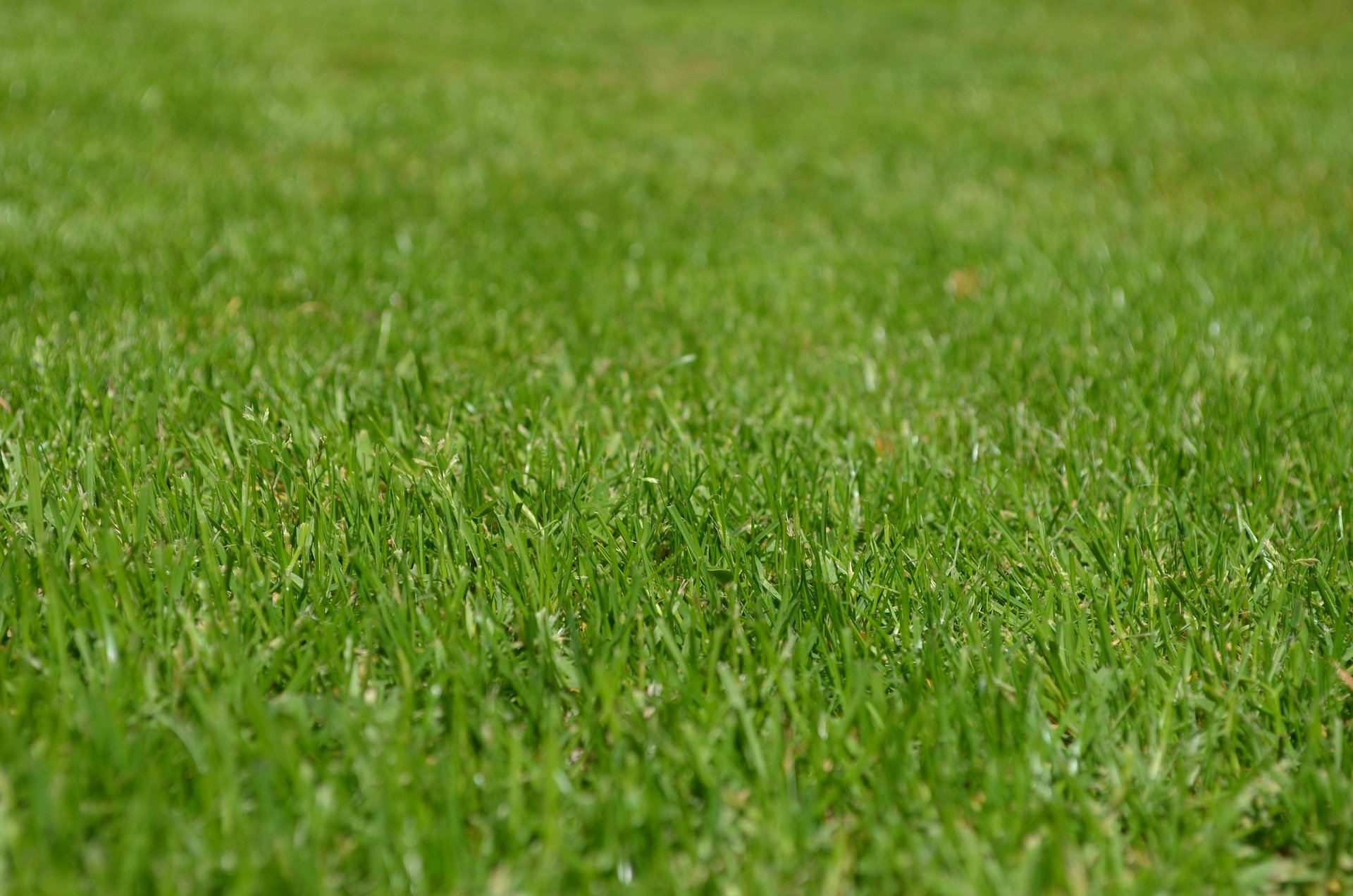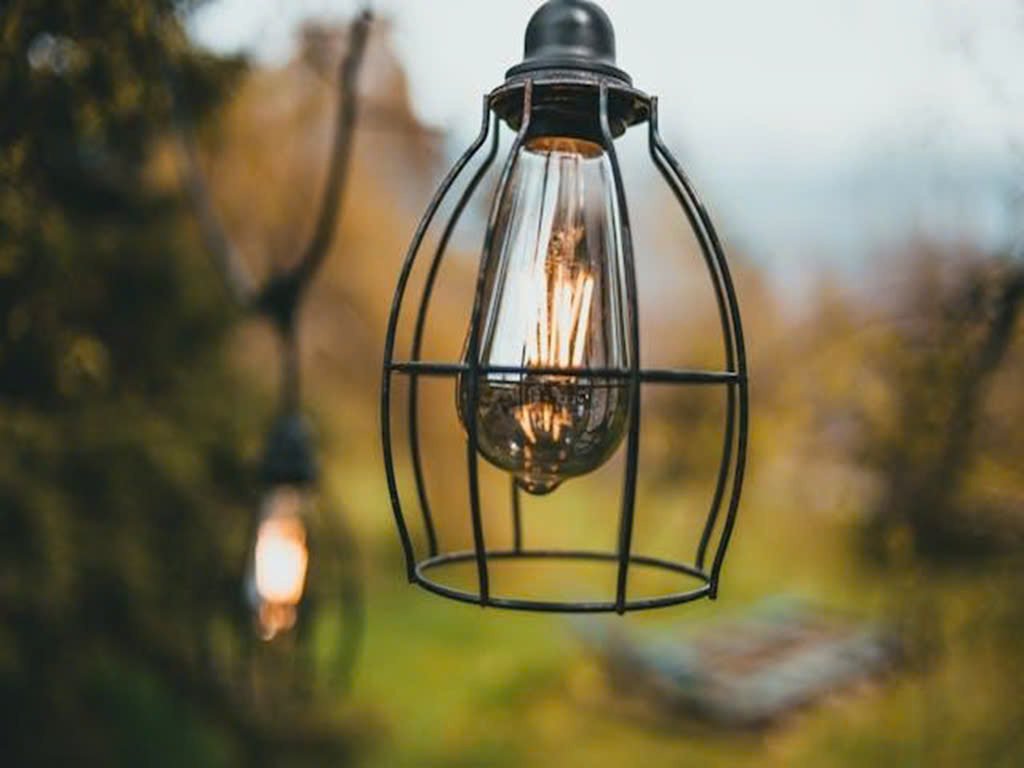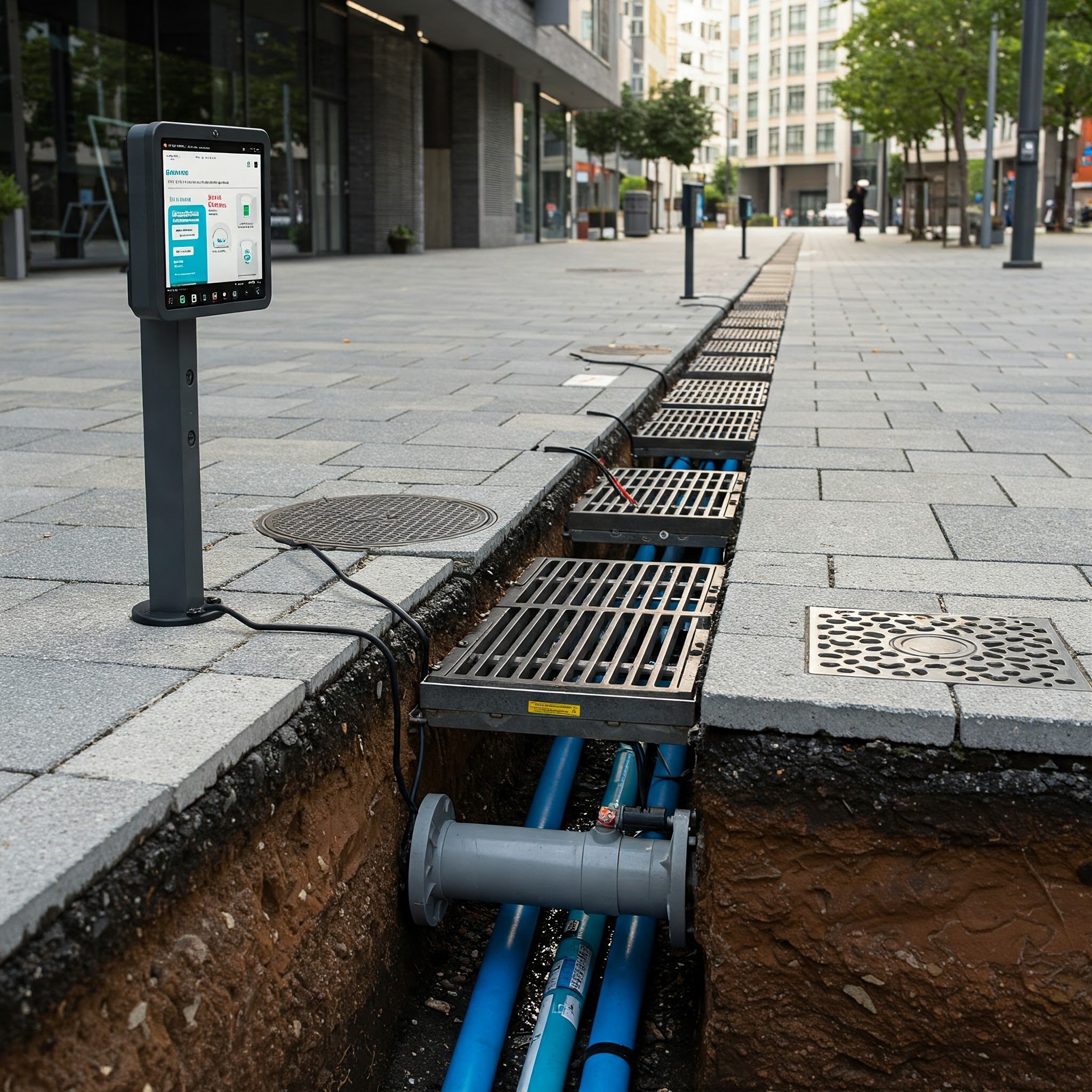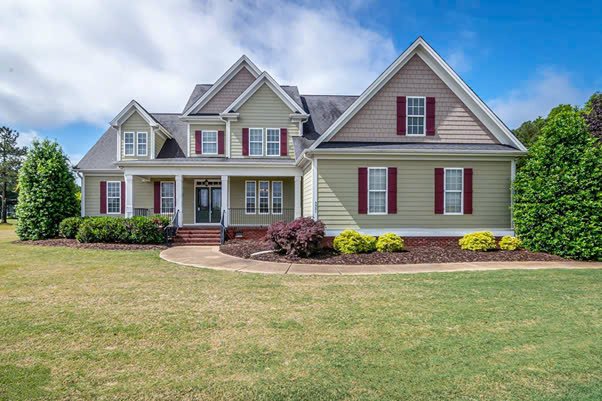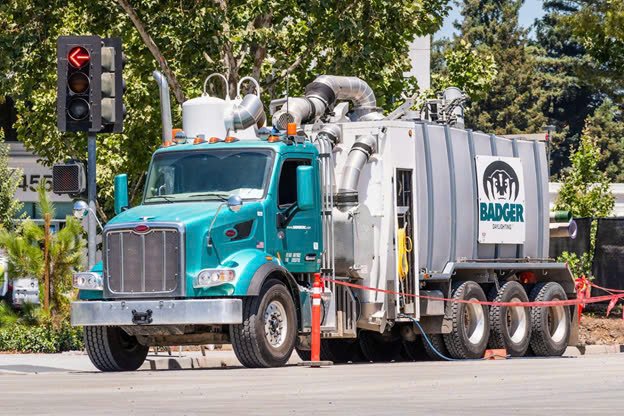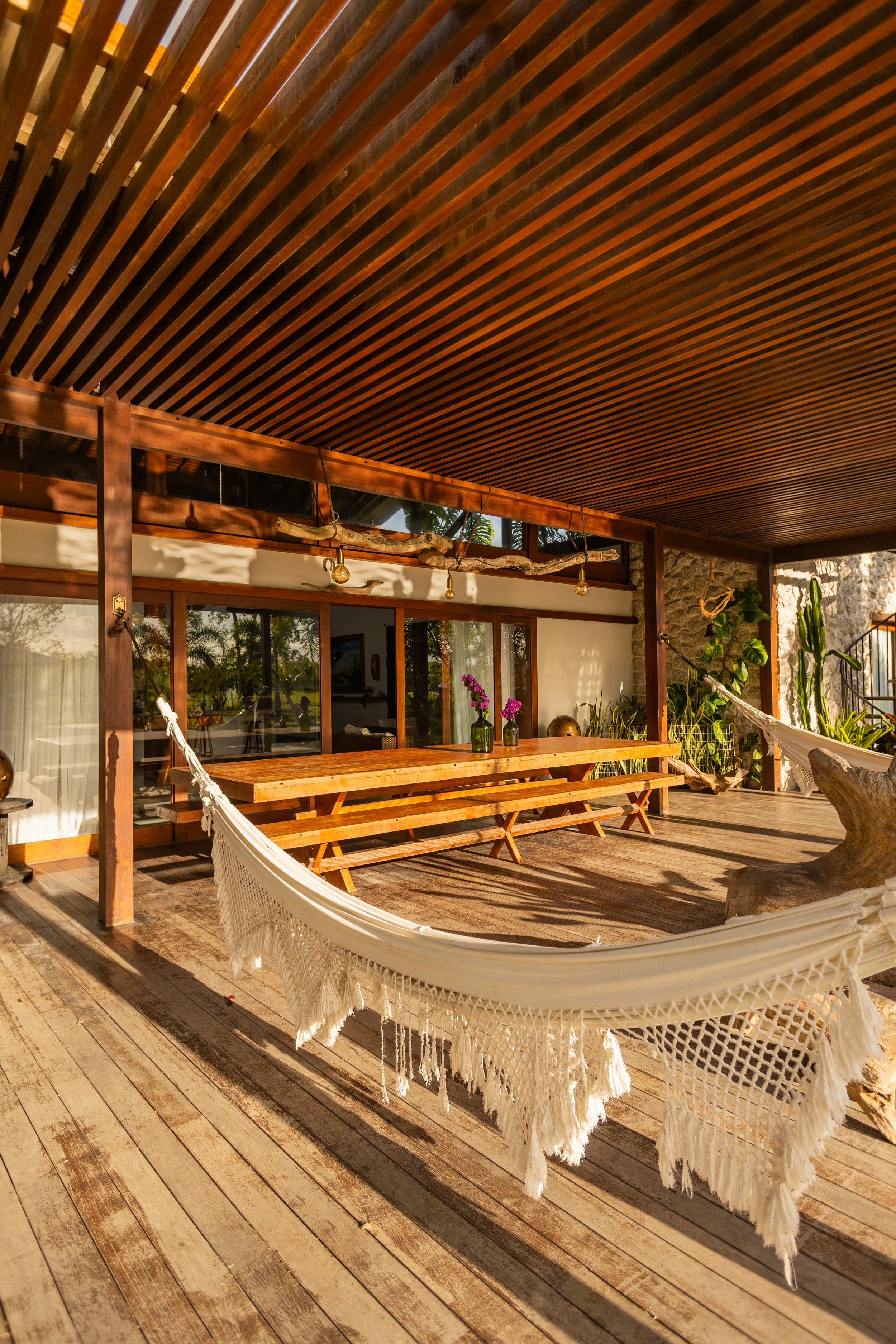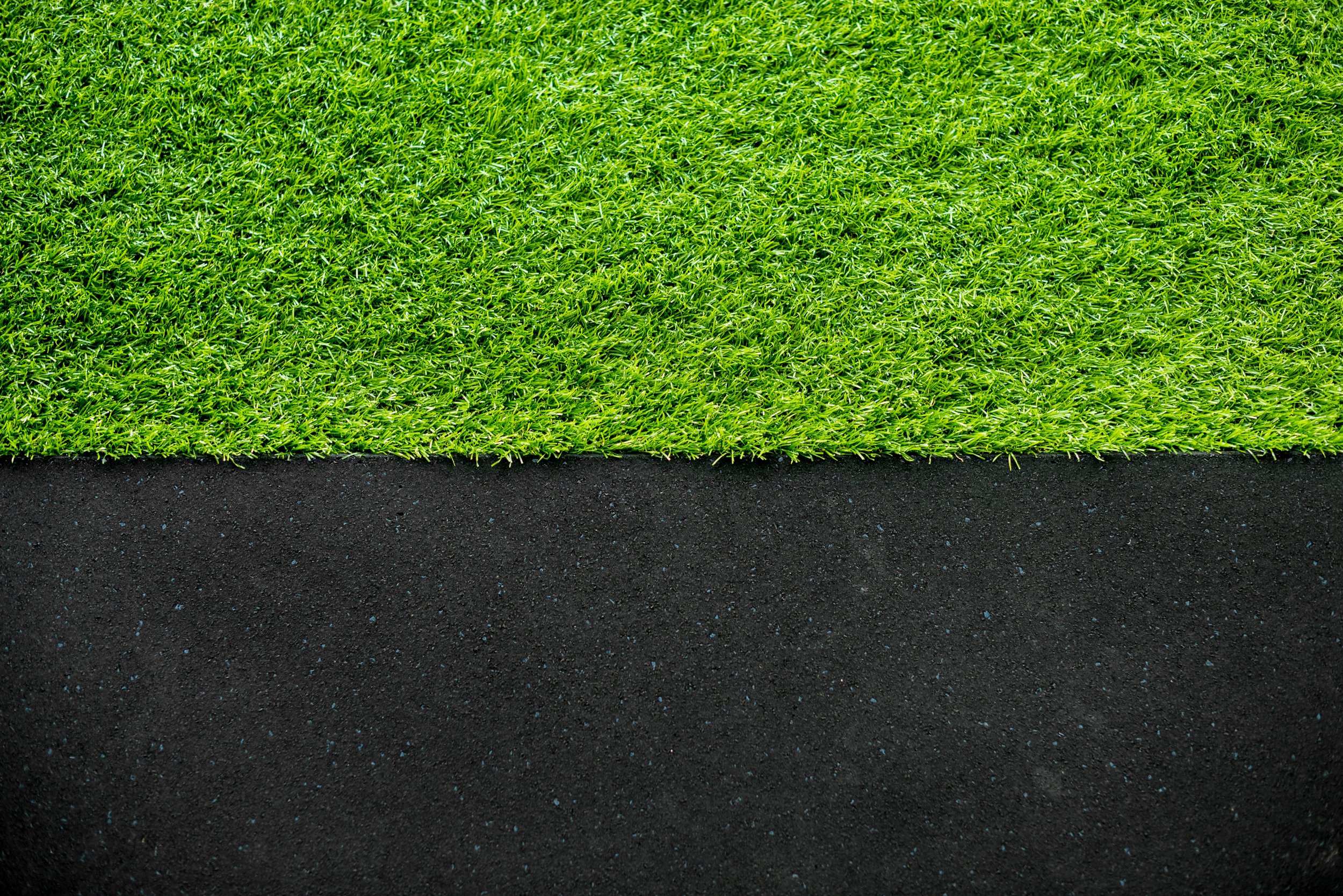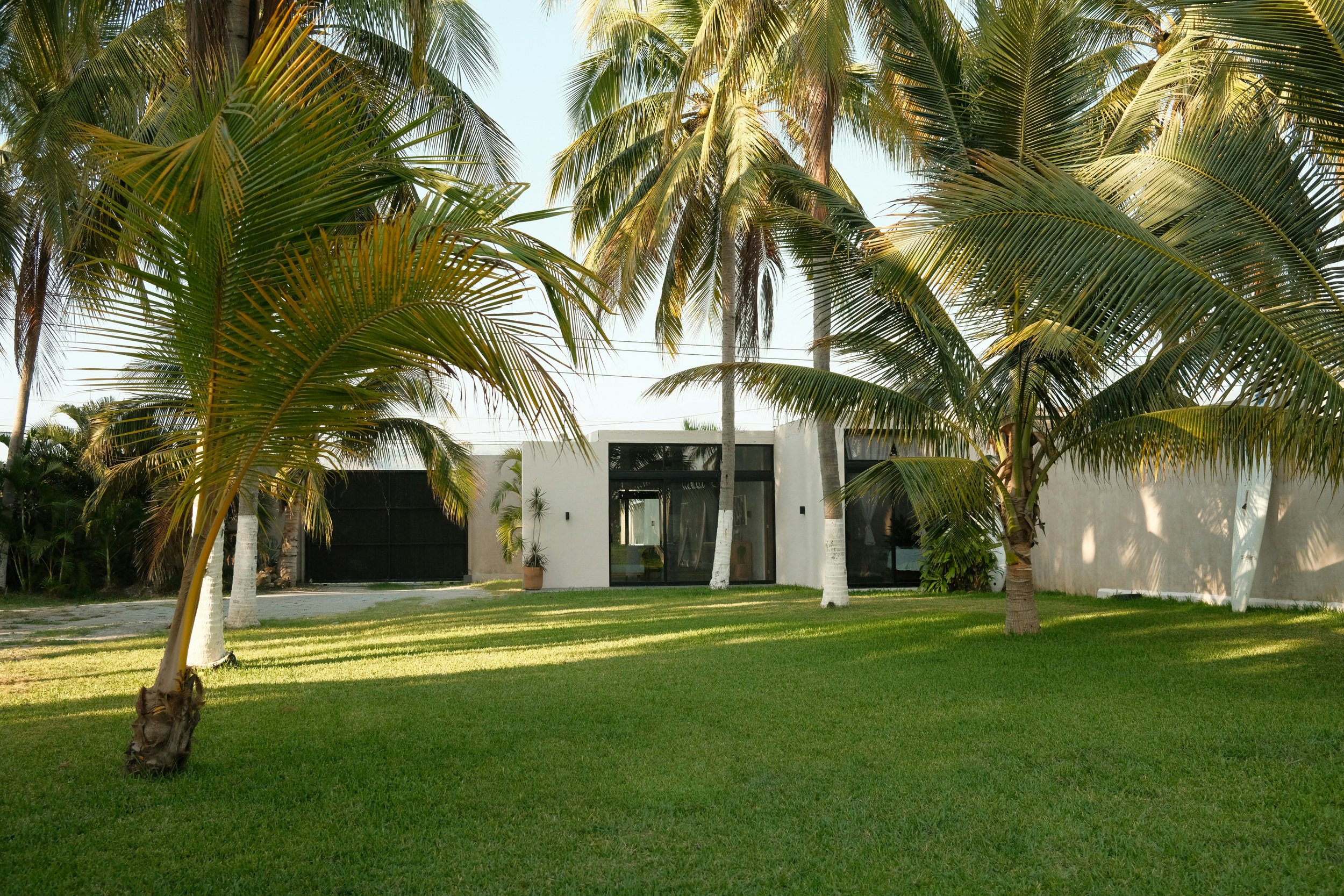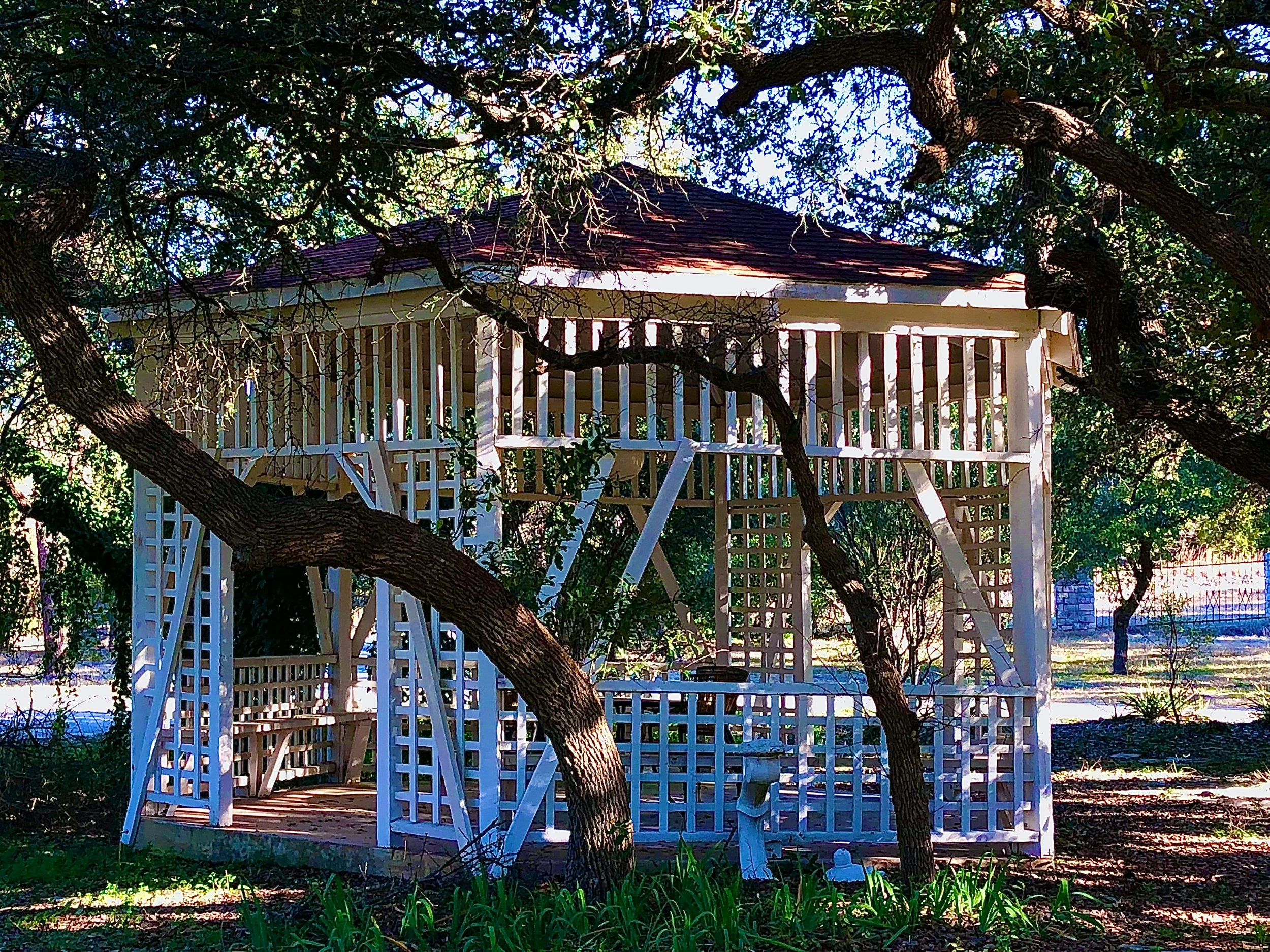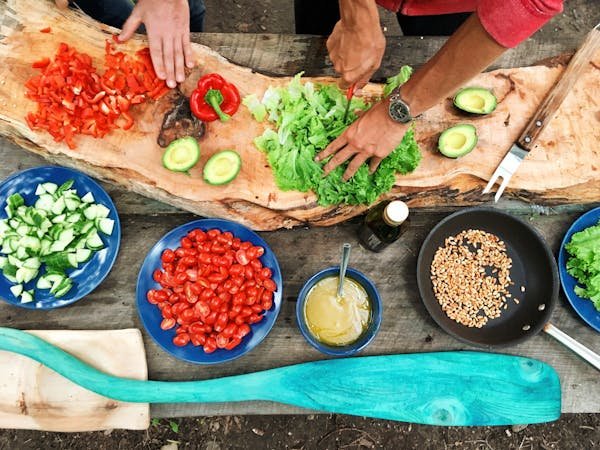Best Types of Grass to Plant in Florida
Discover the best types of grass to plant in Florida, with options that thrive in the climate while keeping your lawn healthy, green, and low maintenance.
If you’ve lived in Florida for long, you already know that keeping a healthy lawn isn’t as simple as laying down some seed and watering occasionally.
The Sunshine State has a reputation for sandy soil, high humidity, salty coastal breezes, and unpredictable weather.
That combination makes homeowners ask the same question every year: what kind of grass grows in Florida and actually thrives?
The truth is, not every grass variety is built for the climate here. But if you choose wisely, your yard can look lush, green, and healthy all year long.
In this guide, we’ll walk you through the best grass for Florida, breaking down the most popular Florida grass types and what makes each one unique.
Why Choosing the Right Type of Grass Matters
Florida lawns aren’t one-size-fits-all. A shady backyard in Jacksonville won’t have the same needs as a sunny lot in Ocala or a coastal home in Naples.
Factors like soil type, rainfall, irrigation, and foot traffic all play a big role in how your lawn performs.
By choosing the right type of grass in Florida, you can:
Reduce water and fertilizer costs
Minimize weeds and pests.
Keep your lawn greener with less maintenance.
Protect against drought and salty air.
So, let’s dive into the top four types of grass in Florida that homeowners rely on the most.
St. Augustine Grass
Also known as: Stenotaphrum Secundatum
When it comes to Florida grass types, St. Augustine is the most recognizable. It’s been a go-to option for decades because it adapts well to the state’s challenging environment.
Why it’s one of the best grasses for Florida:
Grows quickly and creates thick, carpet-like turf
Handles salty soil and humid conditions
Provides excellent coverage for sunny areas
What to watch out for:
Needs frequent mowing during peak growth season
Can be sensitive to colder weather in northern Florida
Popular varieties include:
Floratam: low-maintenance, widely used, cost-friendly
Seville: fine-bladed, great for partial shade
Palmetto: hardy, emerald green color
Bitter Blue: better cold tolerance, bluish-green look
If you want a lawn that looks great fast, St. Augustine is one of the safest bets.
Zoysia Grass
Also known as: Zoysia
Zoysia has become increasingly popular in Florida because of its durability and dense growth. It’s often used on golf courses and sports fields, but it works just as well in residential lawns.
Why it’s a top Florida grass type:
Dense turf that naturally blocks weeds
Tolerates both full sun and partial shade
Resists drought and common lawn diseases
Soft underfoot, making it ideal for kids and pets
Things to know before planting:
Slower to establish compared to other grasses
May go dormant and turn brown after a rare Florida frost
If you want a low-maintenance grass for Florida that still looks vibrant, Zoysia is hard to beat.
Bermuda Grass
Also known as: Cynodon Dactylon
Bermuda is another classic choice when discussing what type of grass grows best in Florida. It’s tough, durable, and thrives in sunny spaces with lots of activity.
Why Bermuda is a good fit for Florida lawns:
Extremely drought-resistant
Strong root system that prevents weeds
Recovers quickly from heavy foot traffic
Vibrant green color during warm seasons
Potential downsides:
It can become invasive if not maintained properly
Needs regular mowing to prevent overgrowth
For homeowners with kids, pets, or active outdoor lifestyles, Bermuda is one of the best grass types in Florida for durability and resilience.
Bahiagrass
Also known as: Paspalum Notatum
If you’re looking for a grass that feels like it was designed specifically for Florida, Bahiagrass is it. Many homeowners prefer it because it’s hardy, low-water, and easy to manage.
Why it works so well in Florida:
Withstands drought, heat, and poor soil conditions
Requires less irrigation than other grasses
Naturally resistant to pests and lawn stress
Affordable and widely available
Considerations:
Needs frequent mowing during the growing season
More prone to weed problems if not monitored
Pensacola Bahiagrass, in particular, is widely planted across the state because it balances durability with a naturally attractive look.
Choosing the Best Grass for Your Florida Lawn
So, what’s the final answer to what type of grass grows in Florida? It depends on your lifestyle and location:
St. Augustine: Great all-around option for most Florida yards
Zoysia: Best for high-traffic lawns and low-maintenance needs
Bermuda: Excellent for sunny, active yards with kids or pets
Bahiagrass: Ideal for homeowners who want a tough, drought-resistant option
Every property has its own challenges, but by selecting the right type of grass in Florida, you’ll save time, money, and frustration while enjoying a healthy, vibrant lawn.
Final Thoughts
Florida may not always provide the easiest environment for grass, but the right choice makes all the difference.
Whether you’re starting fresh or upgrading an existing lawn, choosing the best grass for Florida conditions will set your yard up for success year after year.
And if you’re still unsure about which variety is right for you, consider reaching out to a professional Ocala lawn care service.
They’ll evaluate your soil, sunlight, and irrigation setup to recommend the perfect grass for your property, so you can spend less time worrying and more time enjoying your lawn.


